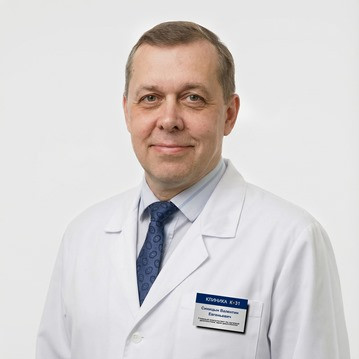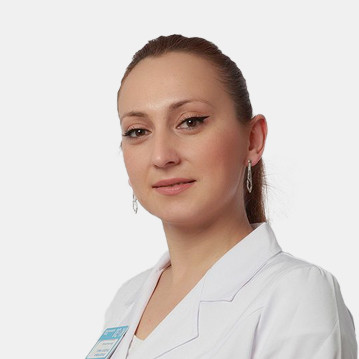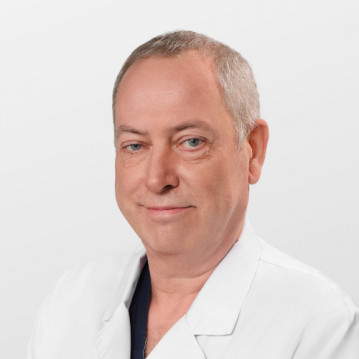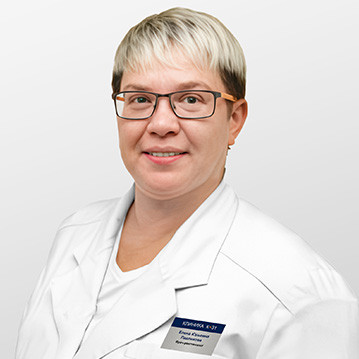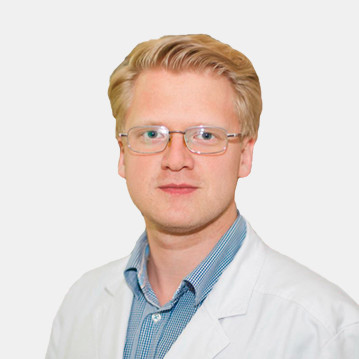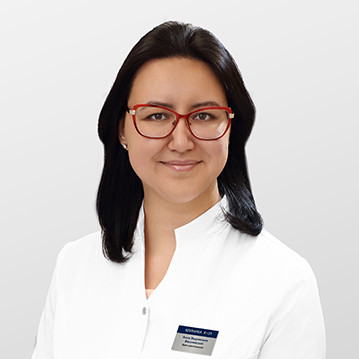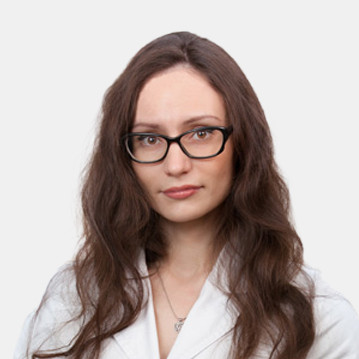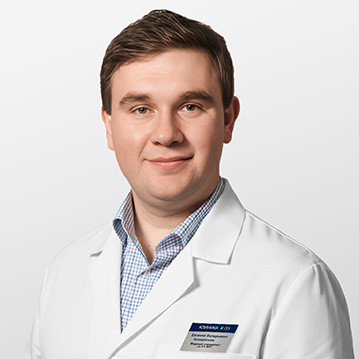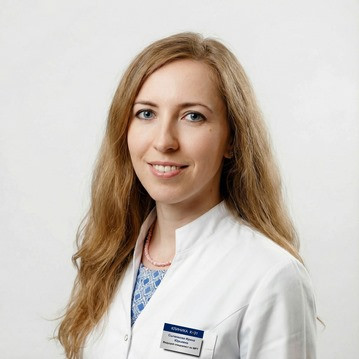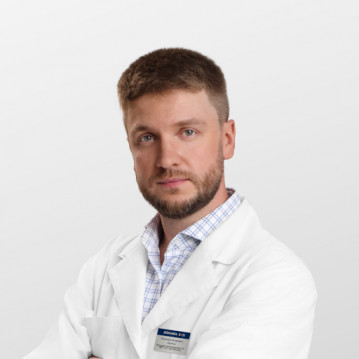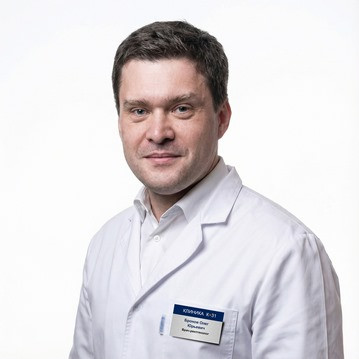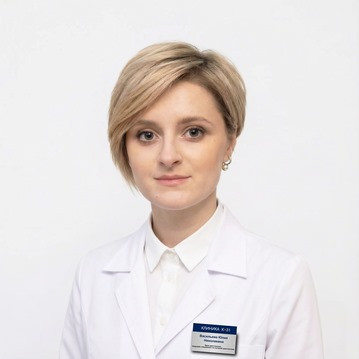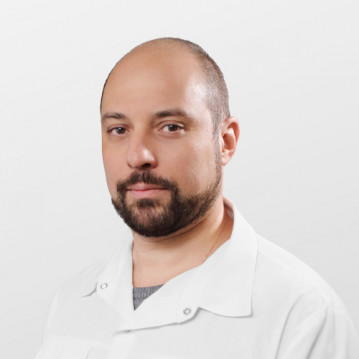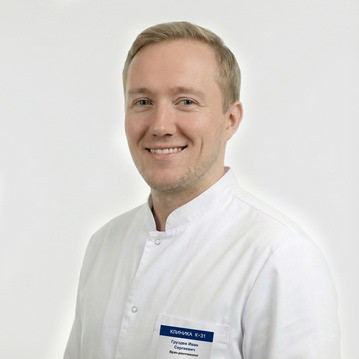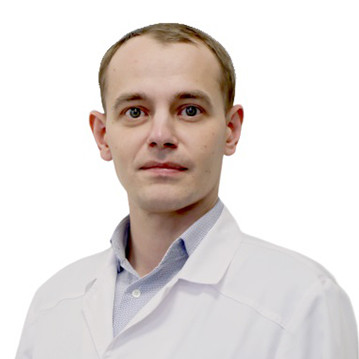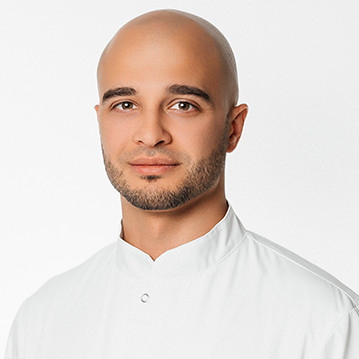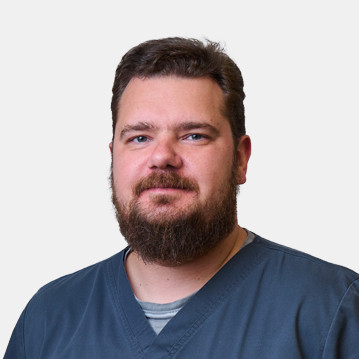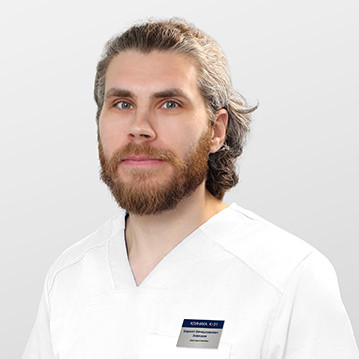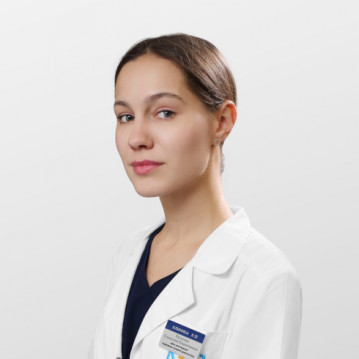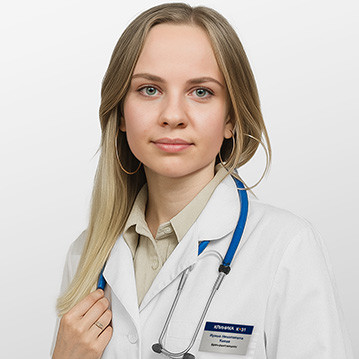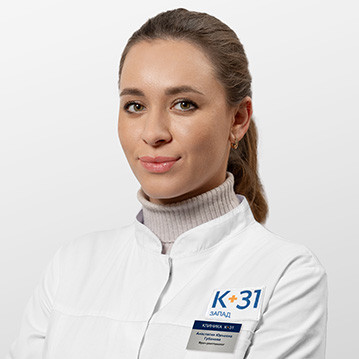The human hand is a movable organ with a complex structure. Many bones, joints, joints, muscles and ligaments provide high mobility and plasticity of the organ. However, with injuries, the performance of the hand is significantly reduced.
Computed tomography of the hand is the most common and effective technique that is necessary for diagnosing injuries and pathologies of the wrist joint. This is a more advanced research method compared to radiography, because. allows you to get information about the state of hard and soft structures of the hand.
What does CT of hand soft tissues show
With the help of modern tomographs, several hundred images can be taken in one scan. They will show sections of the structures of the organ, from which, using a special program, the diagnostician makes a 3D model of the hand.
Due to the study, the doctor can identify:
- inflammatory diseases of the joint, such as gouty, rheumatoid or psoriatic arthritis;
- destructive processes in cartilage tissues;
- injuries (subluxations, dislocations, fractures);
- neoplasms (benign, malignant tumors or metastases);
- anomalies in the development of the hand%
- vascular pathology;
- osteomyelitis.
With the help of CT diagnostics, a specialist can track postoperative changes during the treatment of traumatic injuries of the bones of the hand.
Indications for CT of the hand area
An orthopedist or traumatologist can prescribe a diagnosis in the following cases:
- hand injuries (cracks and fractures of the fingers, dislocations of the joint, fracture of the distal humerus, etc.);
- arthritis and arthrosis of various etiologies;
- the possibility of tumors in the hard or soft tissue of the hand;
- dermatomyositis;
- myositis and tendovaginitis;
- crunching, pain, discomfort and impaired mobility of the arm;
- lupus;
- infectious and inflammatory lesions of cartilage or bone;
- vascular damage;
- acquired and congenital developmental anomalies;
- fluid accumulation in the joint cavity;
- control of treatment, including preparation for surgery.
Computed tomography of the hands is also prescribed in a situation where it is necessary to clarify the changes identified as a result of radiographic diagnostics.
If necessary, a separate study can be performed - CT scan of the finger.
